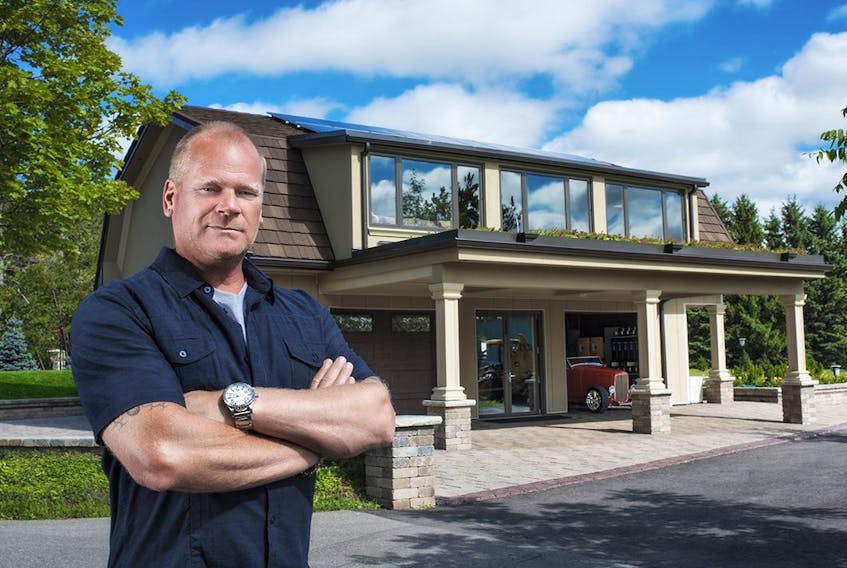The building industry doesn’t move quickly, but I love seeing when a new trend or product pops up that has the potential to change the industry for the better. At the end of this decade, I wanted to shout out a few of the things I’ve learned about in the last 10 years that I think have the potential to make big waves in the industry.
Smog-reducing shingles
Exposure to smog is a serious health risk. It can cause inflammation in your lung tissue, irritate your eyes or cause asthma attacks and, in some extreme cases, lung cancer. Trees can do a lot of heavy lifting when it comes to reducing smog and air pollution, but what if they didn’t have to do the work alone? In the last few years, I’ve been learning about asphalt shingles that actually help clean our air and reduce smog pollution.
Here’s how they work: The shingles are covered in a specialized coating that’s activated by the sun’s UV rays. When those shingles are activated, nitrogen oxide gases (which react to form smog) are transformed into water-soluble ions that will be washed away the next time it rains.
On an average-sized roof, these shingles can do the job of two trees – your property might not have room for lots of trees, but every home needs its roof. Now yours can pull double duty. While it might not seem like big step to coat one home in smog-reducing shingles, what if we did that citywide? If all our homes were passively fighting smog pollution, imagine the impact that could have on our air quality.
Big leaps forward in modular
If you look at reviews for modular homes from five or 10 years ago, a lot of them will fall towards the negative. I’ve noticed over the last few years that trend is starting to shift towards the positive. To me, this is a good thing.
It may surprise some people to learn, but I love modular-style building. These are homes built in a factory setting in modules, and then transported to their final build site, where they’re fully assembled. Because of the indoor build, the homes aren’t subjected to the elements, meaning the building materials won’t be afflicted with problems like mould or rot – so in some cases, you’ll end up with a stronger home overall.
And just because it’s factory-built doesn’t mean you’re getting a cookie-cutter home. Good modular builders give buyers the ability to customize most of the home, designing a structure that’s unique to each homeowner.
The good modular homes (of which we’re starting to see more and more) are virtually indistinguishable from their neighbours that were built on site with traditional methods. It’s a building process that you should seriously consider for your next home.
Net Zero building
When it comes to building, I believe in building for the future. That means building a home that’s strong, yes, but also one that’s energy-efficient and sustainable. To me, the gold standard of that is a Net Zero home.
A Net Zero home is one that produces as much or more energy than it consumes. Making a home Net Zero isn’t a simple task, but when done properly the effort can seriously pay off, both for the homeowner and the environment.
Net Zero homes will need to include some form of renewable energy. Most of us will choose solar to tackle those needs, but it’s not as easy as tossing some solar panels on your roof and calling it a day.
Your home needs to be running at peak efficiency so that it’s not wasting excessive energy. Your building envelope will need to be properly sealed so it’s not leaking heat – meaning you’ll need enough insulation, plus good doors and windows and a strong roof.
Most of our energy consumption comes from heating and cooling our homes, so the method you use to heat your home could make or break your Net Zero dreams. Geothermal heating, which pulls the temperature from the ground to heat our homes, is the most efficient, but that’s not an easy thing to retrofit into an existing home.
Copyright Postmedia Network Inc., 2019









